Veteran club owner, concert promoter and sometimes filmmaker Peter Shapiro is drawing back the curtain on a career that encompasses nearly three decades and 10,000 shows in his new memoir, The Music Never Stops (Hachette Books).
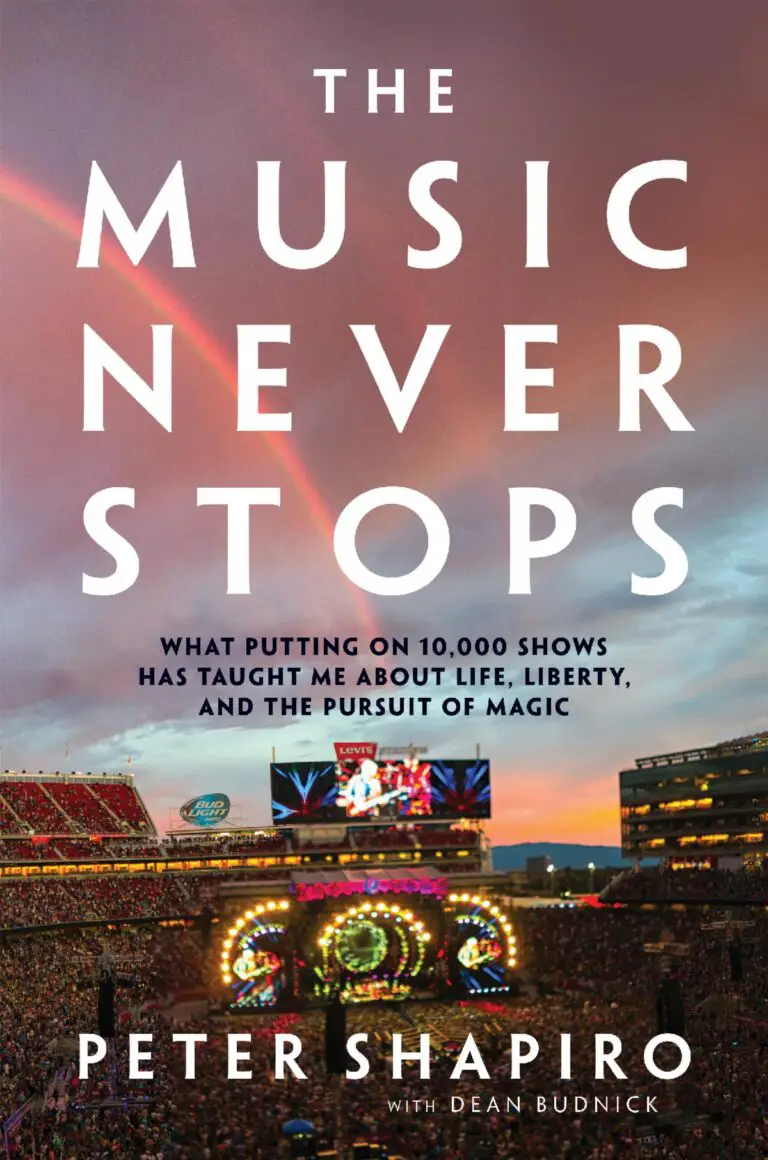
Peter Shapiro is the man behind venues like Wetlands Preserve, Brooklyn Bowl (located in Williamsburg, Las Vegas, Philadelphia and Nashville) The Capitol Theatre and a bevy of tours and festivals including The Grateful Dead’s 50th anniversary Fare Thee Well and LOCKN’ and films like U2 3D to name but a few. Beginning with his work at Wetlands, Shapiro can lay claim to being a central figure in keeping alive and expanding the cult around the Grateful Dead and the many “jam bands” that emerged in their wake. For all his Dead credentials, people sometimes forget that Shapiro also played a vital role in exposing this huge base of open-minded fans to diverse artists like hip hoppers The Roots, rapper Talib Kweli, Americana great Jason Isbell, bluegrass innovators Billy Strings and Molly Tuttle, jazz guitarists John Scofield and Stanley Jordan and countless more.
Shapiro’s journey began after seeing a Grateful Dead show in Illinois in March 1993. It was something that inspired him and a friend to take to the road to film Deadheads in their natural habitat during the band’s summer tour. Things didn’t go too well at first due to his crew being mistaken for D.E.A. agents because of their rental vehicle of choice – a white-panel van sans windows. His love of the Dead community would soon lead him to a job at Wetlands Preserve, the downtown NYC club dedicated to improvisational music and environmental activism founded by Larry Bloch. By age 23, he became a minority owner; a year later he assumes full ownership and is one the first giant step in a long and still percolating career.
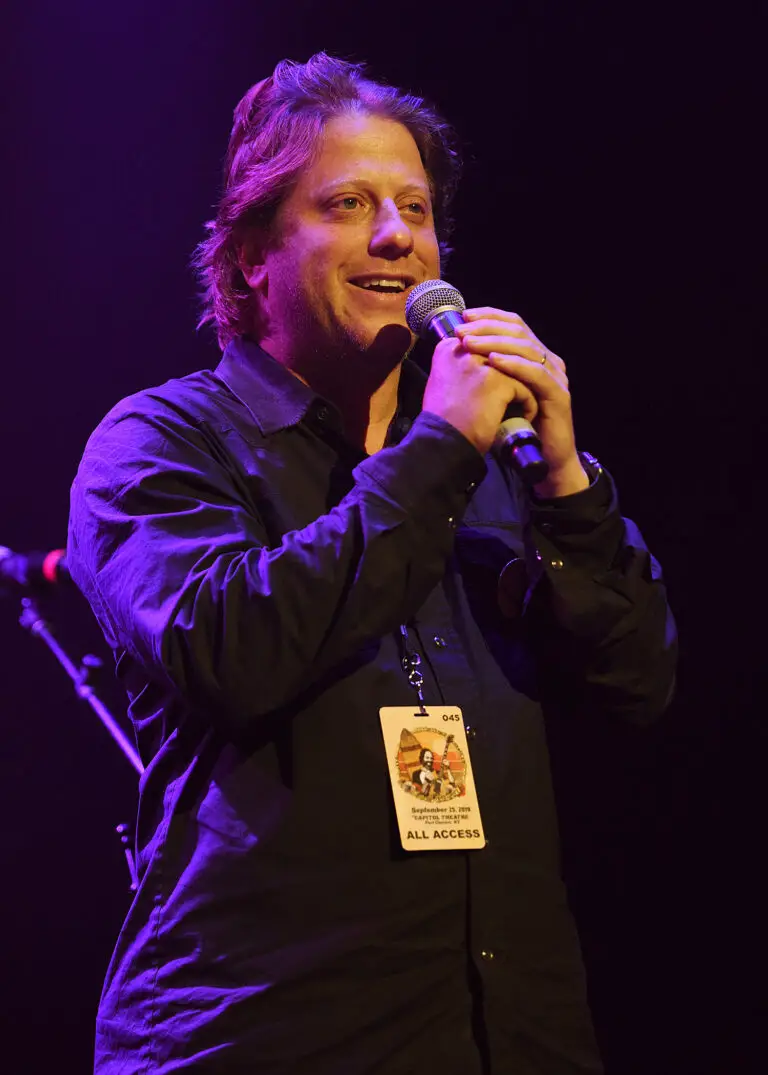
The 50 chapters of Shapiro’s book are titled and dedicated to some of his most memorable shows, beginning with The Dead’s 50th Anniversary Fare Thee Well at Levi’s Stadium in Santa Clara in July 2015. As the last song of the first set ended, a giant rainbow broke out over the crowd. The promoter joked that he paid $50,000 to create the effect, a quip that got reported as fact in a review in Variety. The Dead’s drummer Mickey Hart said: “Not even Bill Graham could do that!”
The early part of the book deals with the ups and downs and incredible evenings at Wetlands. These include the 10th anniversary show where Bob Weir jammed with Hanson, the unmatched 21 show run by Disco Biscuits, the Black Lily Jams with Questlove and the new talent, like Jill Scott and India.Arie, who emerged with the opening of club’s Downstairs Lounge. The heartbreak of the closing of Wetlands would come around 9/11, but not before a stellar lineup of farewell shows and jams featuring club favorites like The Spin Doctors, Rat Dog, DJ Logic and Stanley Jordan.
Some of the best parts of the book deal with Shapiro’s matter of fact communication of his struggles and occasional failures. One was his participation, as an investor only, in 2012’s Great Googa Mooga Food and Music Fest in Prospect Park. This was one that failed because it was too successful, drawing an overflow crowd that well exceeded the 40,000 expected. It was also hampered by a forward-thinking digital payment system that was a little too ahead of its time. Shapiro also talks about the incredible run and occasional SNAFUs that took place at The Jammy Awards, including the vastly understaffed 2001 edition.
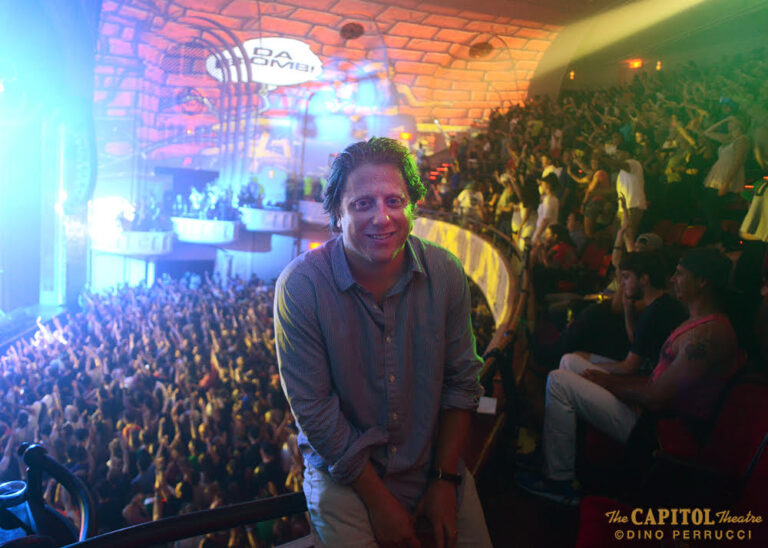
The tale of his efforts to get Brooklyn Bowl going are also pretty entertaining. When Shapiro sought the advice of veteran NYC promoter Ron Delsner on the concept, he said he thought it was insane to have a bowling alley next to a stage where the band played. On this, the old man was wrong as Shapiro would go on to create hugely successful off-shoots of The Brooklyn Bowl in Nashville, Las Vegas and Philadelphia.
One poignant chapter is the one dedicated to Easy Rider Live at Radio City, a film screening with live music to mark the 50th anniversary of the legendary film starring Peter Fonda. Artists like Steppenwolf’s John Kay and The Byrds’ Roger McGuinn were on hand to play their songs featured in the soundtrack live during the screening, with an all-star band corralled by T. Bone Burnette. Unfortunately, Fonda would pass the month before the September 2019 event. His final Instagram post was a picture of himself before the marquee announcing the show.
Naturally, Shapiro’s book is bursting at the seams with a lot of hard-earned wisdom about the music business.
In the early days of Wetlands, he noted the importance of the late great Village Voice in getting the word out about shows. The sell-out of the unsigned and unmanaged Vulfpeck at MSG in 2019 is credited to smart way the band built a huge following via social media, viral videos, a killer email database (a Shapiro go-to) and their efforts to keep ticket prices (and profits) reasonable. Shapiro is also the kind of guy who would fly for 20 hours to get facetime to pitch an idea to an artist like Bono, Robert Plant or Taylor Swift, but only if the vibe was right. He also tells us that sometimes cash is really king – that a wad of it can be (take over in) the inspiration needed to get a band like Umphrey’s McGee to do a second encore (that one cost $500.)
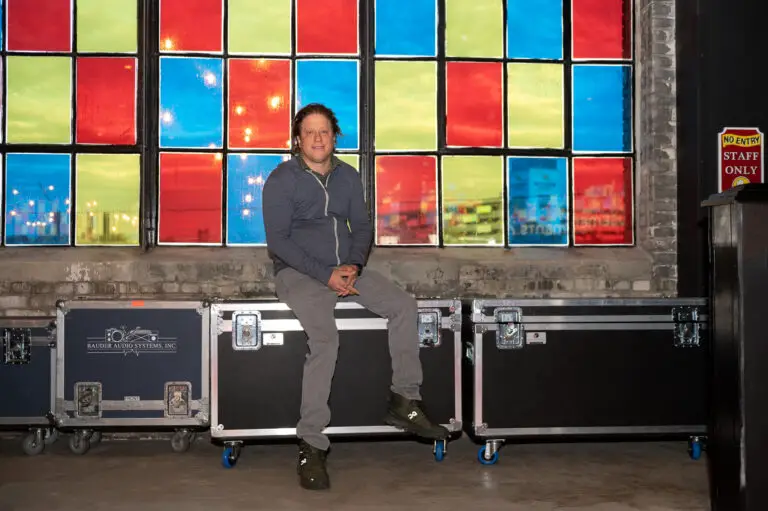
Readers will get plenty of anecdotes about their favorite musicians and celebs. Shapiro recounts the night when Jimmy Fallon joined Joe Russo’s Almost Dead at the Capitol Theater for a rousing rendition of Neil Young’s “Fuckin’ Up” and how it was B.B. King who gave hippie icon Wavy Gravy his unforgettable handle. We hear about the night SNL’s Chevy Chase played piano at The Jammy Awards and another when he made Shapiro valet his car at the 2010 Climate Rally in D.C. There are anecdotes from Questlove’s memorable “Bowl Train” nights at Brooklyn Bowl, the site where SNL’s Maya Rudolph pioneered her popular Prince Tribute. Naturally, there’s lots of insight into the Dead and the many shows he promoted for Bob Weir’s Dead & Company and Phil Lesh & Friends. You also get an insight into their differences with Phil liking things “loud and fast” and Bob preferring his music “slow and quiet.”
The later chapters of Shapiro’s book deal with the onslaught of COVID and what it wrought on his and the concert business as a whole. While he was able receive PPP support for The Capitol Theater, LOCKN’ Fest and his media off-shoot Relix, there was none in the offing for The Brooklyn Bowls, due to a partnership venture with Live Nation.
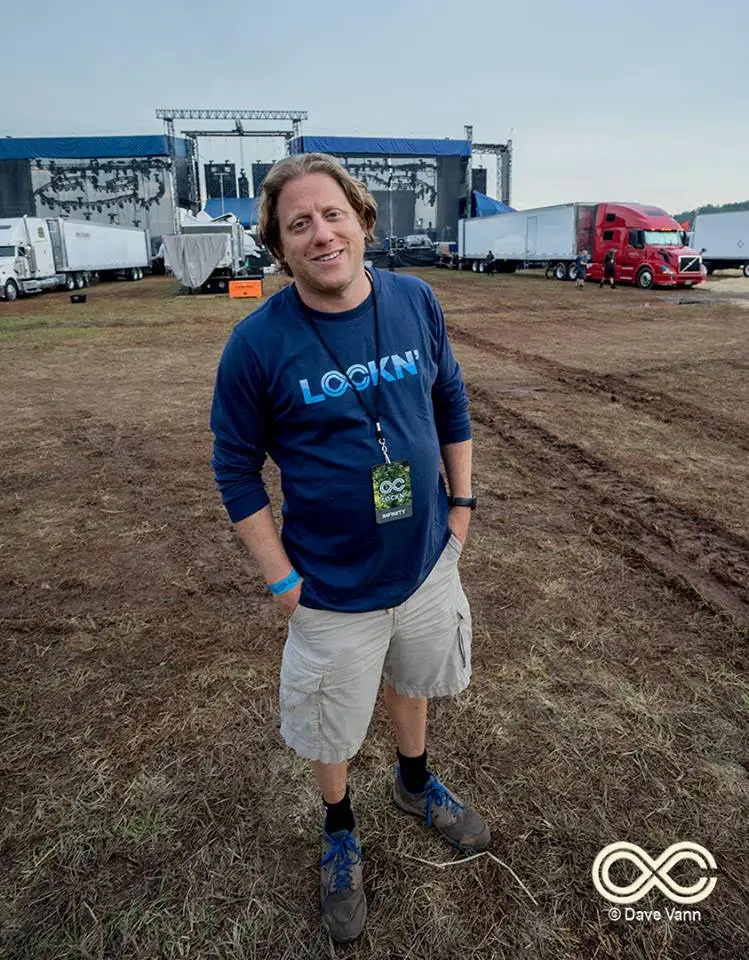
A lifeline during COVID came from longtime running buddy Trey Anastasio of Phish. The guitarist created a weekly series of concerts – The Beacon Jams – streamed from The Beacon Theater via Relix’s partnership with Twitch. The eight events attracted nearly 2 million viewers and some sorely needed capital. Shapiro’s Brooklyn Bowl in Nashville became the site of the novel “Be In the Stream” concerts carried on FANS.live featuring Jason Isbell and Amanda Shires. Viewers joined a Zoom session and could be selected to be projected on the walls at the venue at the end of songs, giving the virtual events a live audience feel and the performers some sorely needed applause. At The Capitol Theater, Shapiro greeted COVID and passersbys with a sign that said: “This is only a set break!”
It was one that would last for 18 months.
Post-COVID, Shapiro is back with the launch of Relix Studios in the home of the old Jazz Standard on NYC’s East Side, with the opening of Brooklyn Bowl Philly, a proposed concept for yet another club called Jazzlands and much more.
The 13 testimonials at the beginning of the book, from boldfaced names like Phil Lesh, Stevie Van Zandt, Don Was, Questlove and Trey Anastasio, demonstrate Shapiro’s importance to music makers and fans alike. More than one, call him “the Bill Graham of our generation.” The 330-plus pages in this book are evidence that more than supports the claim.
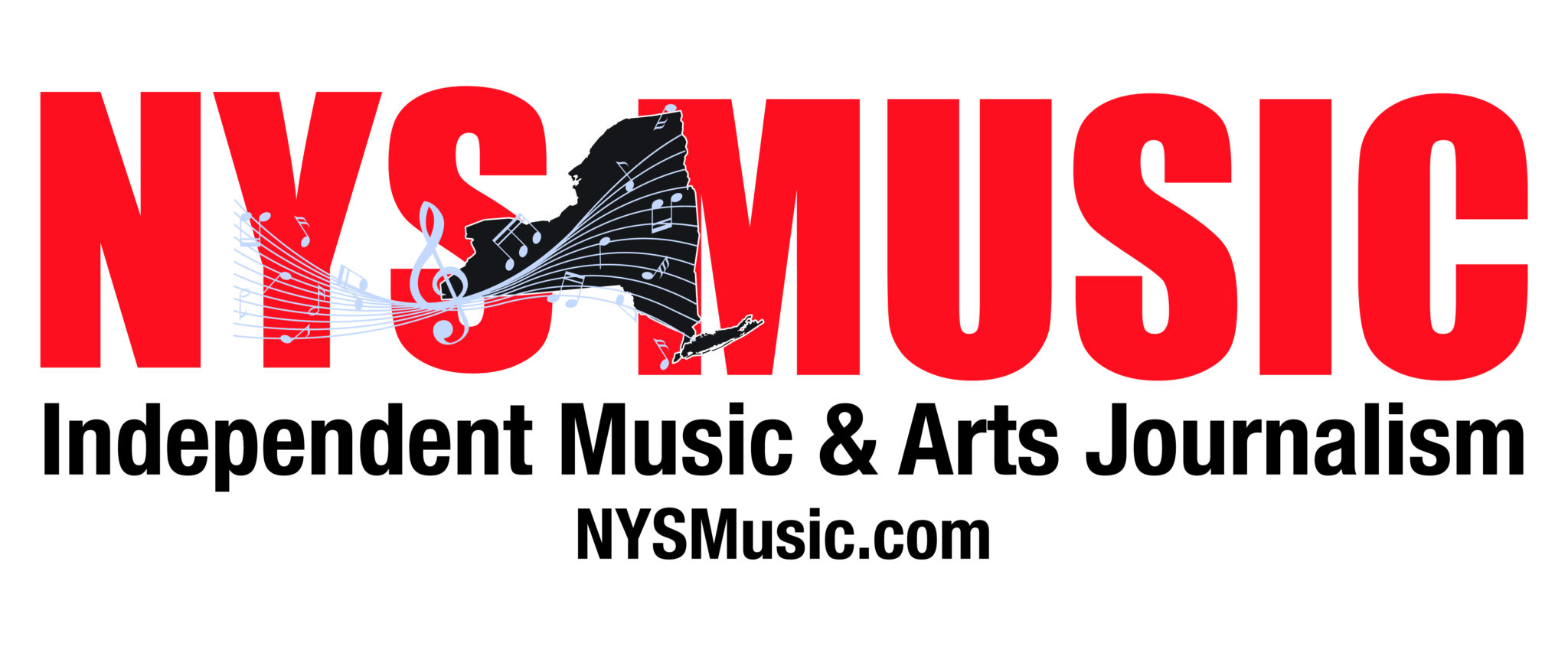

Comments are closed.